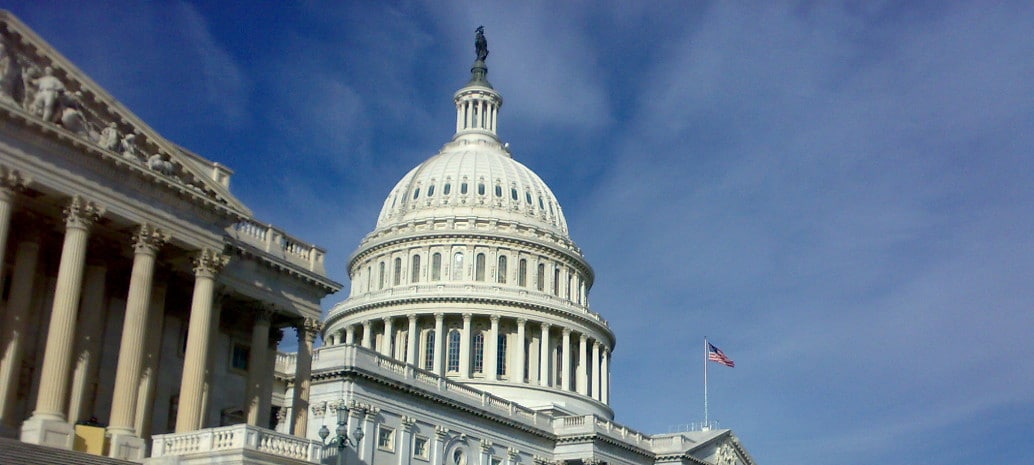With the entire industry breathlessly awaiting President Donald J. Trump’s decision about whether to impose harsh sanctions on foreign PV cell and module manufacturers, debate on another potentially enormous change to the way the industry does business will begin this morning at the other end of Pennsylvania Avenue.
The U.S. House Subcommittee on Energy will hold its first hearings on HR 4476, also known as the PURPA Modernization Act of 2017, which amends the original 1978 Public Utility Regulatory Policies Act of 1978 (PURPA) in ways that some solar observers say could hurt the long-term future of solar growth in some states.
Supporters of the bill say the original 1978 bill requires contracts that are too long and distort the electricity markets, locking utilities into agreements that diminish in value over time because the locked-in price of the contracts doesn’t change as electricity prices fluctuate.
It should be noted the bill has been introduced by Republican Representative Tim Walberg from Michigan, which is mildly surprising given that solar development in his home state is currently being fueled in part because of the original law.
“The so-called PURPA ‘modernization’ act, HR 4476, appears to be a big step backwards for solar and other renewable energy projects,” Ben Inskeep, an independent policy consultant focusing on renewable energy told pv magazine when the bill was introduced last November. “In summary, this bill does nothing to ‘modernize’ PURPA – it only makes it harder for independent renewable energy developers to compete on a level playing field with powerful electric utilities.”
Experts say the three most potentially damaging provisions of HR 4476 are:
- Allowing states to waive the “must-purchase” provisions from the law, which would release utilities from the obligation to purchase a certain percentage of their electrical production from renewable sources, including solar and wind;
- Reducing capacity of facilities subject to the law from 20 MW to 2.5 MW; and
- Severely altering the “one-mile rule,” which utilities argue allows developers to game the system by simply building projects in multiple sites more than one-mile apart. Utilities say developers have used this loophole to exceed a 80 MW maximum capacity for PURPA projects.
Most notably, PURPA has driven solar development in states like North Carolina (currently the No. 2 state in the country for installed solar behind only California). Duke Energy, North Carolina’s primary utility, recently won a victory in the state when the governor signed legislation making some of the same provisions in HR 4476 the law in the Tarheel State.
Congress passed PURPA at the height of the 1978-1979 oil crisis, when Western nations like the United States tried to wean themselves off fossil fuels to counter a move by the Organization of the Petroleum Exporting Countries (OPEC) to raise oil prices significantly.
Under PURPA, utilities are legally required to buy power from independent power producers (IPP) if it is below their cost of generation from other sources, also known as “avoided costs”. The previously obscure law has become one of the largest drivers of utility-scale solar in recent years, particularly in states that do not have renewable energy mandates.
This content is protected by copyright and may not be reused. If you want to cooperate with us and would like to reuse some of our content, please contact: editors@pv-magazine.com.








By submitting this form you agree to pv magazine using your data for the purposes of publishing your comment.
Your personal data will only be disclosed or otherwise transmitted to third parties for the purposes of spam filtering or if this is necessary for technical maintenance of the website. Any other transfer to third parties will not take place unless this is justified on the basis of applicable data protection regulations or if pv magazine is legally obliged to do so.
You may revoke this consent at any time with effect for the future, in which case your personal data will be deleted immediately. Otherwise, your data will be deleted if pv magazine has processed your request or the purpose of data storage is fulfilled.
Further information on data privacy can be found in our Data Protection Policy.